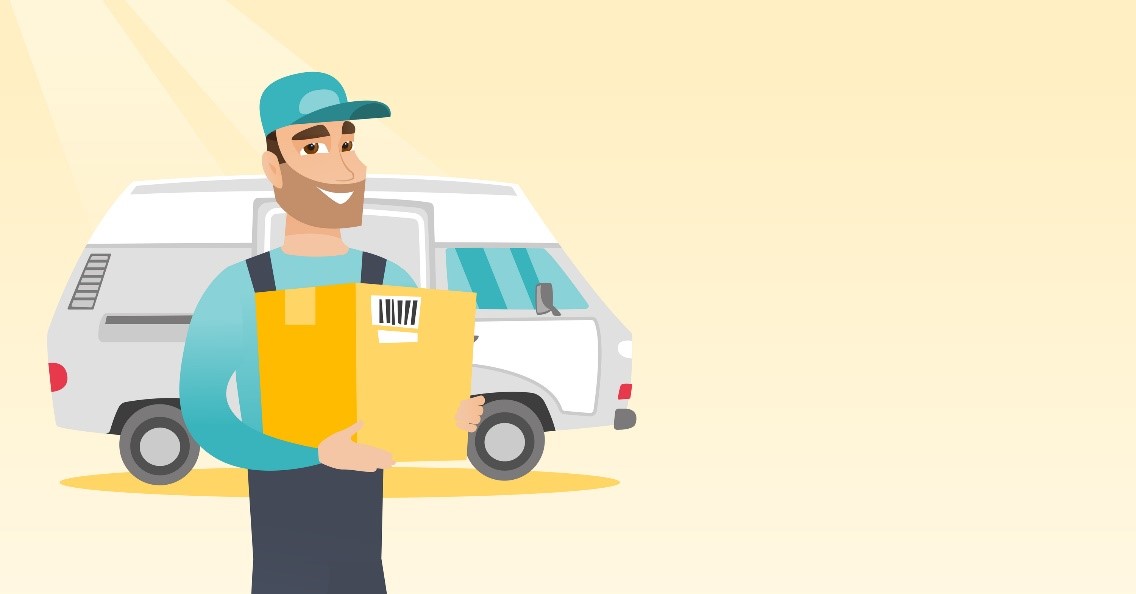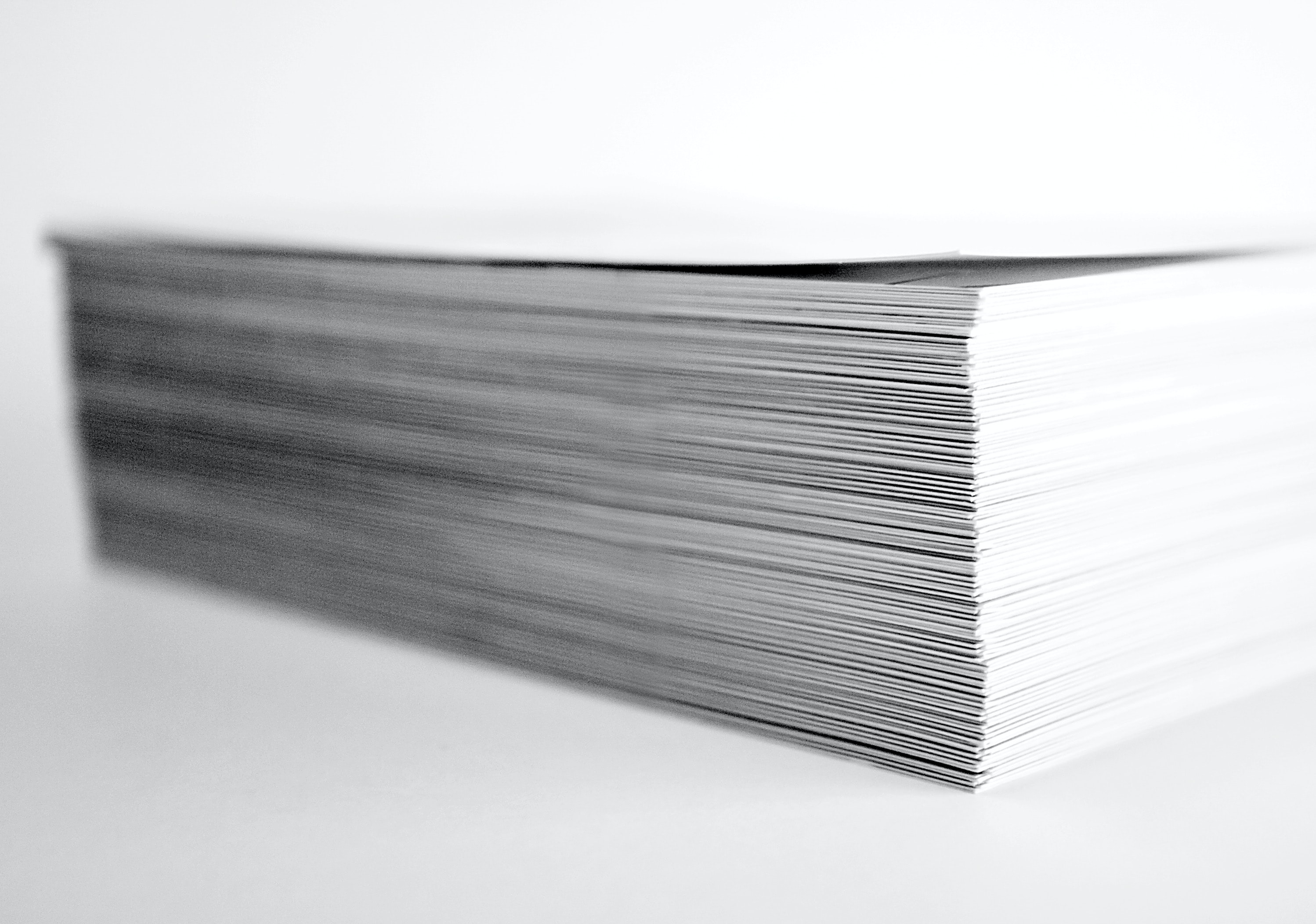It is very important to make sure that your parcel is labelled correctly for delivery, so it gets from A to B safely without any complications. There are many factors to consider when labelling a parcel, such as the material of the label, where it should be placed, what information you should include, and much more.
Labelling a parcel correctly
Knowing how to label a parcel for delivery correctly is made up of two important steps; the efficient placement and positioning of the label and the name, address and shipping details.
Filling out a label
Understanding how to fill out a label depends partly on what country the item is being sent to; in this case, we will look at labelling domestic parcels in the UK. The label should be structured with the name and address in the bottom left-hand corner on the front of the parcel. The address should consist of a house or building number, the street name, town name, city name and postcode – all either handwritten on separate lines, or printed clearly without any commas or full stops.
Businesses that send out packages often should think about the most efficient way to fill out a shipping label. This is different from just sending a parcel because you need to consider the shipping method that has been selected by the customer. If they have selected same day or next day delivery, the label should be labelled accordingly.
If you are using a courier, you might need to print out a label using their system as this will contain all of the information required through unique barcodes generated by the system itself. Couriers need these barcodes to move parcels efficiently through their systems, right from pick up to final delivery.
Labelling a package properly
- Old labels/information – If you are reusing packaging materials (which is good for the environment), be sure to remove any old labels as leaving these in place can lead to confusion in the shipping process. Never stick new labels on top of old labels, as they could come off to reveal the old information beneath
- Print your label – When adding a label to a package, it is better to use a sticky label rather than paper. Try to use self-adhesive paper where possible to print all of the necessary information for the label; if you cannot use self-adhesive paper, you can print the necessary delivery information onto a plain piece of paper and place it in a document pouch on the front of the package. This gives the information an extra layer of protection from wet conditions. If all else fails, and you end up using normal paper, cover all of it in strips of sticky tape to make sure that a) it stays in place and b) it is protected from wet conditions during transit. This does not always work for labels with barcodes, however, as clear tape has a reflection, and this can interfere with barcode scanning in the delivery process, so only use this method if you are printing or writing your own label without a barcode.
- Backup – It is important to add a backup copy of the shipping details inside of the package, including the address of the receiver before you seal it. This can be used just in case anything happens to the label on the outer packaging. Make sure it is visible when opened and not buried among the contents of the parcel.
- Label positioning – Place the document pouch or label on the top of the box or on the side of a pallet so any barcodes or addresses are clear and flat. If they are bent over an edge, this could interfere with barcode scanning or reading the label. Be sure to apply the label after you have taped and sealed the box so the label is not obscured.
- Clear label – You may have to use extra staples or tape to attach the label to wooden or fabric surfaces, but it is important that the label is left clear.









